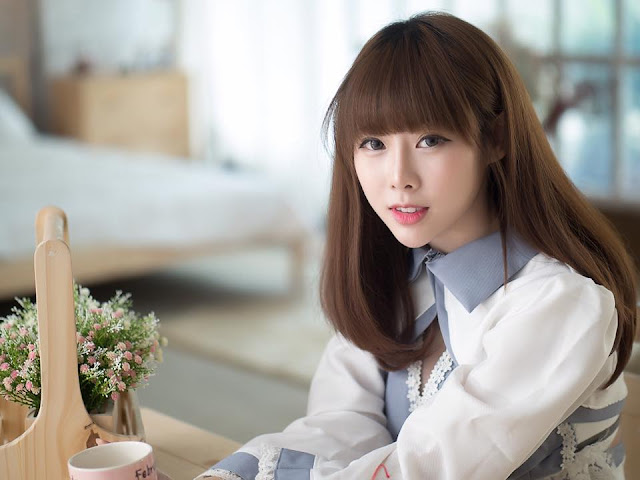Lolicon (ロリコン), also romanised as lolikon or rorikon, is Japanese discourse or media focusing on the attraction to young or prepubescent girls. The term lolicon is a portmanteau of the phrase "Lolita complex";[1] it describes an attraction to young or prepubescent girls, an individual with such an attraction, or lolicon manga or lolicon anime, a genre of manga and anime wherein childlike female characters are often depicted in an "erotic-cute" manner (also known as ero kawaii), in an art style reminiscent of the shōjo manga (girls' comics) style.
Outside Japan, lolicon is in less common usage and usually refers to the genre. The term is a reference to Vladimir Nabokov's book Lolita, in which a middle-aged man becomes sexually obsessed with a twelve-year-old girl. It was first used in Japan in the 1970s and quickly became used to describe erotic dojinshi(amateur comics) portrayals of young girls.
Laws have been enacted in various countries, including in Japan, which regulate explicit content featuring children or childlike characters. Parent and citizens groups in Japan have organized to work toward stronger controls and stricter laws governing lolicon manga and other similar media. Studies of lolicon fans state that they are attracted to an aesthetic of cuteness rather than the age of the characters,and that collecting lolicon represents a disconnect from society.









































